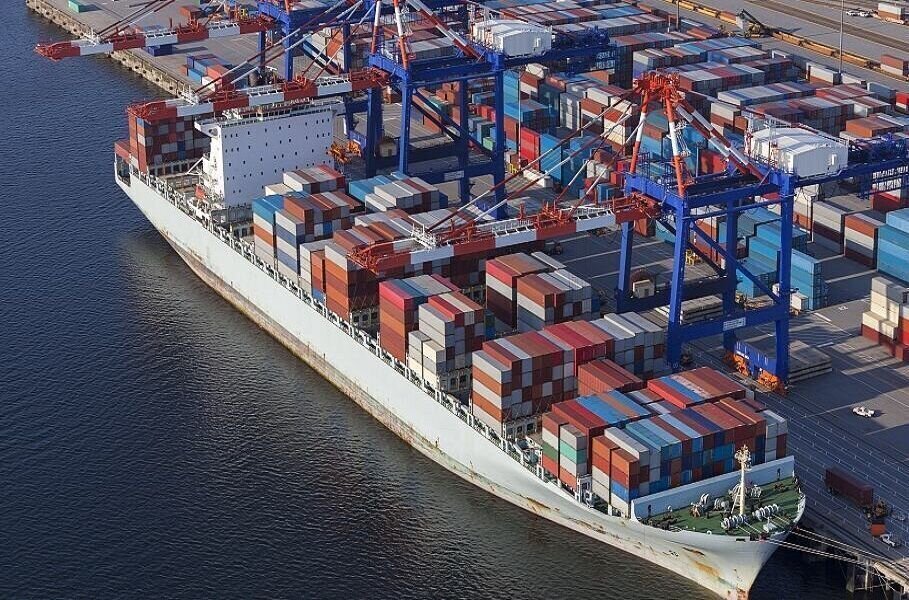(Bloomberg) –Qatar aims to be the world’s biggest producer of liquefied natural gas for at least the next two decades, capitalizing on rising demand as the world transitions from oil and coal to cleaner energy.
Qatar will spend billions of dollars expanding its LNG capacity more than 50% to 126 million tons a year. That’s a level other countries will struggle to match, Energy Minister Saad Al-Kaabi said in an interview with Bloomberg Television.
The Persian Gulf state is already the world’s main supplier of the super-chilled fuel, but new projects elsewhere — especially in Australia and the U.S. — have eroded its dominance.
The nation will be able to produce LNG from the first phase of the expansion so cheaply that it will be viable even if oil prices fall below $20 a barrel, said Al-Kaabi. “This is one of the most competitive, if not the most competitive, projects on the planet,” he said.
Oil prices collapsed last year, but have soared more than 60% since the start of November to around $64 a barrel with the roll-out of coronavirus vaccines.
State producer Qatar Petroleum took a final investment decision on the North Field East Project last week. It’s likely to be the only project in the world to pass this milestone in 2021, after just one was sanctioned to move ahead last year, according to Bloomberg NEF.
The lack of new supply from other countries will benefit Qatar, said Al-Kaabi, who is also chief executive officer of QP. “With less projects coming online, our expansion is very timely,” he said.
Al-Kaabi downplayed the idea among some analysts that demand for LNG is, like that for oil, close to peaking. Energy companies looking to produce more renewable energy will still need gas to offset the intermittency of green power, he said.
“Renewables will definitely happen — we’re doing a lot ourselves — but you need gas to complement that,” he said. “Gas is sort of in a Catholic marriage with renewables. They would need to stay together for a very long time for you to have the transition successfully.”
For a country that built its wealth on natural gas, continued demand for LNG is crucial. Qatar is one of world’s richest countries, with a per capita gross domestic product of $53,000 last year, according to the International Monetary Fund.
QP has booked capacity at units that turn LNG back into gas in Belgium, France and the U.K. It’s also looking to build on its 70% stake in Britain’s largest LNG import terminal by investing in more regasification plants, said Al-Kaabi.
Spot Market
Though LNG is a cleaner-burning fuel than coal and oil, most supply agreements are still based on the price of crude. Al-Kaabi doubts that will change.
“There is this fallacy that LNG is traded like a commodity and you can have an almost endless spot market,” he said. “It’s not true.”
QP will continue to favor years-long contracts tied to oil and will sell only around 10% of the new gas via the spot market, the minister said.
“Long-term is the best approach for both sides,” he said. “It gives certainty.”
LNG spot rates have swung wildly over the past year, falling heavily around April as the pandemic raged and surging in mid-January amid a cold snap in Asia. The volatility created “big spikes that are not good for the buyer or the seller,” said the minister.











